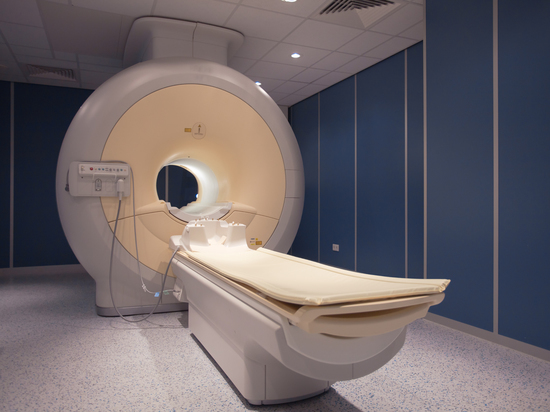One of the most common and effective methods of noninvasive diagnostics of the musculoskeletal system is MRI of the lumbar spine. Thanks to a clear image, a doctor can determine the lesion area in the intervertebral discs, vertebrae and soft tissue. The technique is actively used around the world because it does not cause discomfort to the patient, gives stunningly accurate results and has no side effects.
Advantages of MRI
Lumbar MRI has the advantage of a whole mass. However, one of the most important advantages of a lumbar MRI scan can be considered:
- absolute safety for the individual;
- 100% image clarity;
- comfort and painlessness of the procedure;
- no harmful radiation (in some cases, even pregnant women can be used);
- immediate result in just a few minutes;
- if necessary, the results can be digitally recorded (results can also be easily sent by email).
Indications for lumbar MRI
There can be a huge number of reasons for lumbar spinal MRI scans. These include complaints from the patient about chronic lumbar-sacral pain, trauma, dystrophic diseases, neoplasms, metastasis. Lumbar MRI is also prescribed for prophylactic purposes, for example, to detect a disease associated with intervertebral disc lesions, or to determine the presence of hemangiomas. In addition, an MRI scan is prescribed for the following pathologies: - osteoporosis;
- Bekhterev’s disease;
- intervertebral hernias;
- dorsopathy, etc.
Contraindications for conducting
Despite the many advantages, lumbar MRI is not shown to all patients. Well, the absolute contraindications are: - presence in the patient’s body of metal prostheses, implants that cannot be removed during the procedure (except for titanium parts that are not attracted to metal);
- an acute period of illness, as well as severe health conditions (bleeding, high body temperature);
- chronic renal insufficiency;
- presence of tattoos on the body, the paint of which contains iron-like substances.

Relative conditions include claustrophobia and mental illness. Lumbar MRI is possible in such cases, but with sedation or anesthesia. Contrast procedures are also prohibited for pregnant and lactating women and for patients with intolerance to contrast media.
TIP: If at least one of the above contraindications is present, MRI of the lumbar spine should be avoided and alternative diagnostic methods should be used.
How does a lumbar spine MRI work?
Magnetic resonance imaging is one of the most accurate diagnostic methods. The procedure is performed under the control of a specialist in the conditions of the treating or diagnostic institution, by means of special equipment – a tomograph. The device is a cylindrical tube with a movable platform inside. It is on it that the patient lies down in the future. During the procedure, it is necessary to lie still and still. The slightest movement can distort the data. Therefore, the patient’s extremities are fixed with special straps.
45% of patients, among the disadvantages of MRI of the lumbar spine noted the inability to move for a long time, as well as strong tinnitus during the operation of the device. The first minus, alas, is not yet possible, but the second many clinics solve with the help of earplugs or special headphones.
The duration of the procedure is individual, and depends on many factors. Standard MRI lumbar spine lasts from 30 minutes to 1.5 hours.
Contrast substance application
Contrast paramagnetic substance improves the quality of images obtained by magnetic resonance imaging. The drug is injected intravenously and causes no side complications. In some cases, it is administered directly to the part of the body under study. As a rule, these are gadolinium-containing preparations that have proven to be effective and safe diagnostic substances suitable for clinical practice. The contrast should be administered by an experienced and qualified specialist, radiologist or nurse.
Preparation for magnetic resonance imaging
Lack of special medical training is another significant plus of MR imaging. Unlike other diagnostic methods, MRI can be done even in pregnant women, but only with the permission of a doctor. Elementary preparation for the procedure implies:
completing the form (allows you to determine contraindications for an MRI);
dressing in disposable medical clothes;
removal of all metal items as well as removable devices.
If a person suffers from claustrophobia, this should be reported to medical personnel. In such a case, the doctor must prescribe sedatives.
